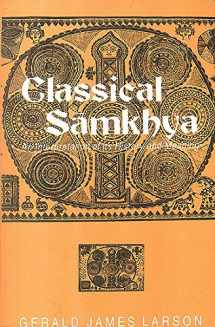
Classical Samkhya: An Interpretation of its History and Meaning
Book details
Summary
Description
The tradition of Samkhya is one of the oldest and most influential in the intellectual history of India. The fundamental notions of Samkhya namely prakrti, purusa, buddhi, ahamkara, manas and the three gunas provided the conceptual framework in which much of Indian philosophizing occurred, and the classical formulations of Yoga and Vedanta together with many traditions of Buddhist philosophy and meditation developed vis-a-vis the intellectual perspective of the Samkhya. Similarly on a general cultural level the influence of Samkhya was profound and important over many centuries in such areas as law, medicine, ancient science and mathematics, logic, mythology, cosmology and ritual. This study traces the history of the Samkhya not only in the Indian intellectual tradition, but also in the traditions of historical criticism. The book also offers a new interpretation of the philosophical significance of the Samkhya, with special reference to the classical interpretation of the interaction of prakrti and purusa. In this edition author has also included a Chart of the Twenty-five Basic Principles of the Samkhya, a Glossary of Samkhya Terminology, an additional Appendix which surveys recent scholarly work in the area of Samkhya together with a discussion of Samkhya in the Purana-s and a revised Bibliography.


We would LOVE it if you could help us and other readers by reviewing the book
Book review



